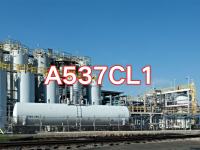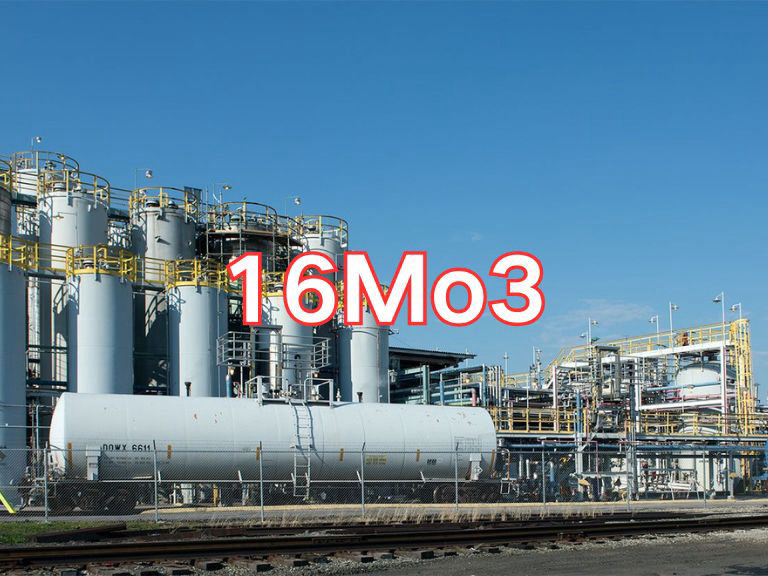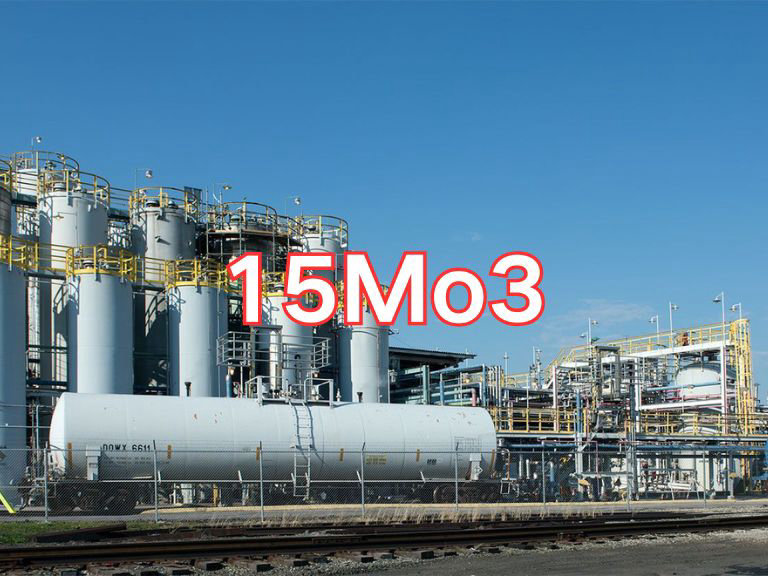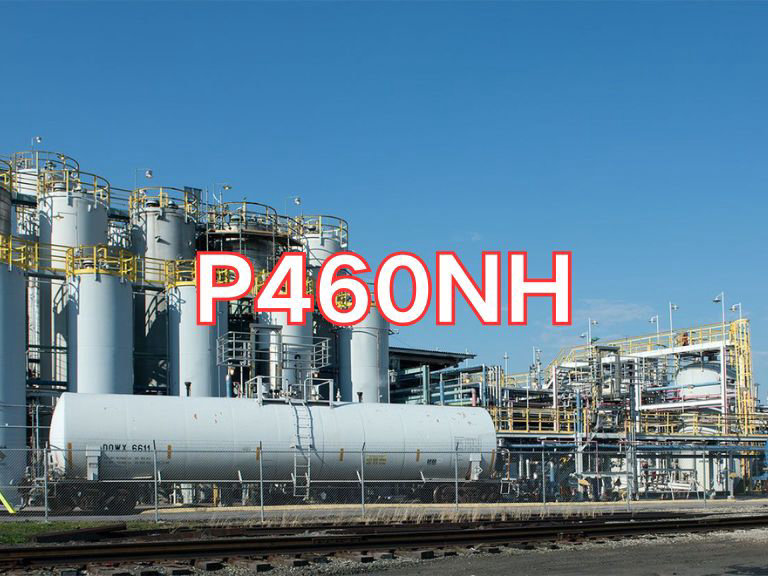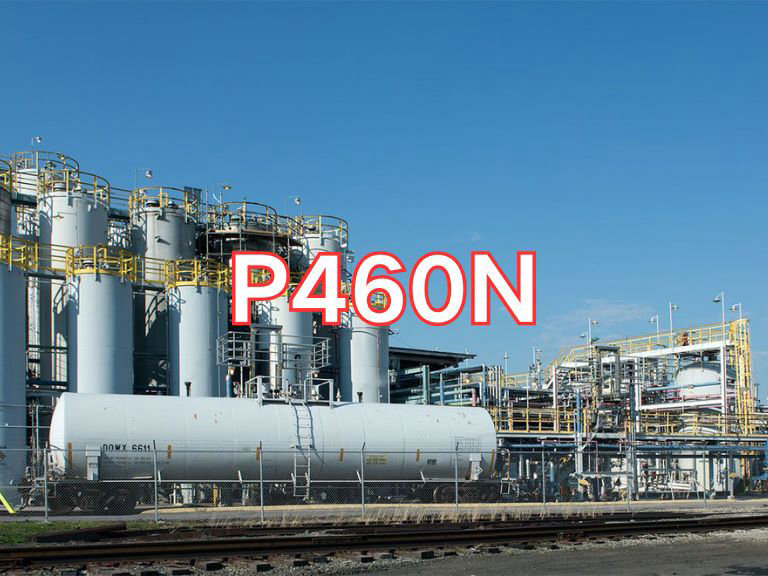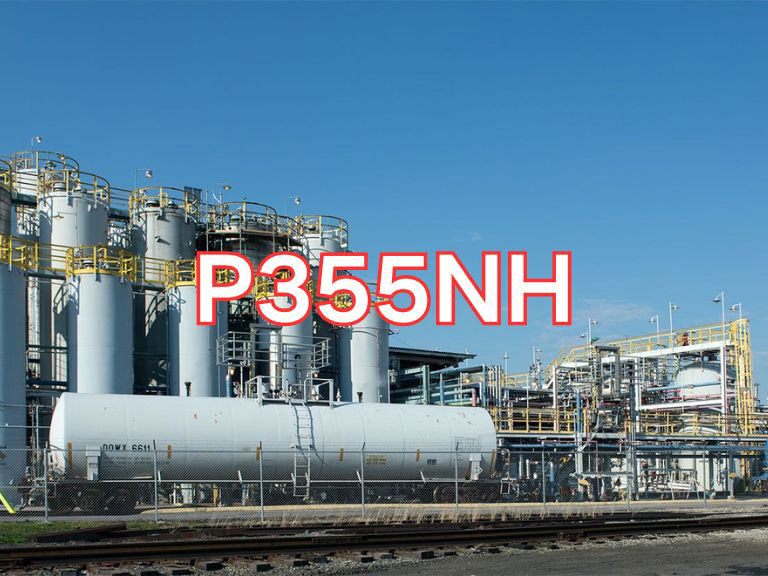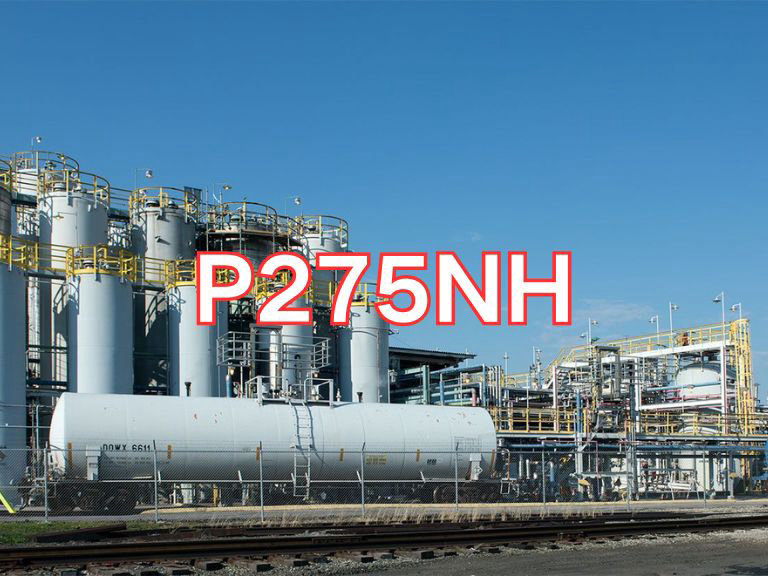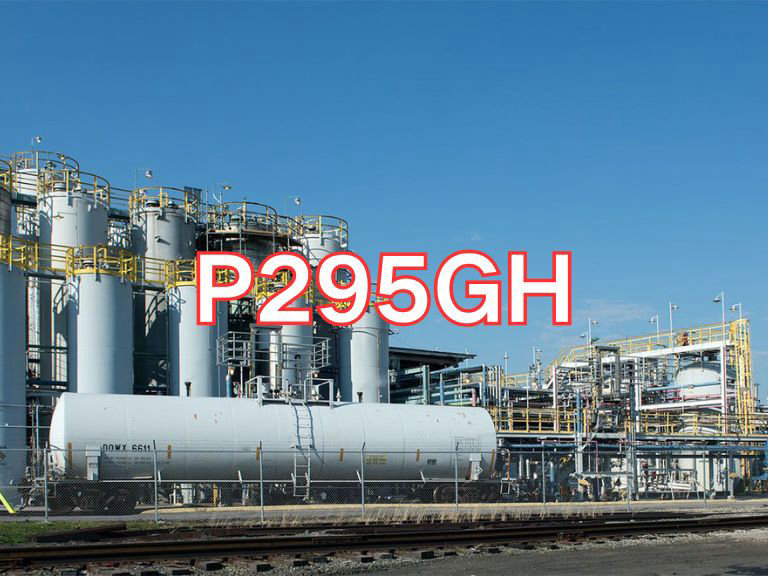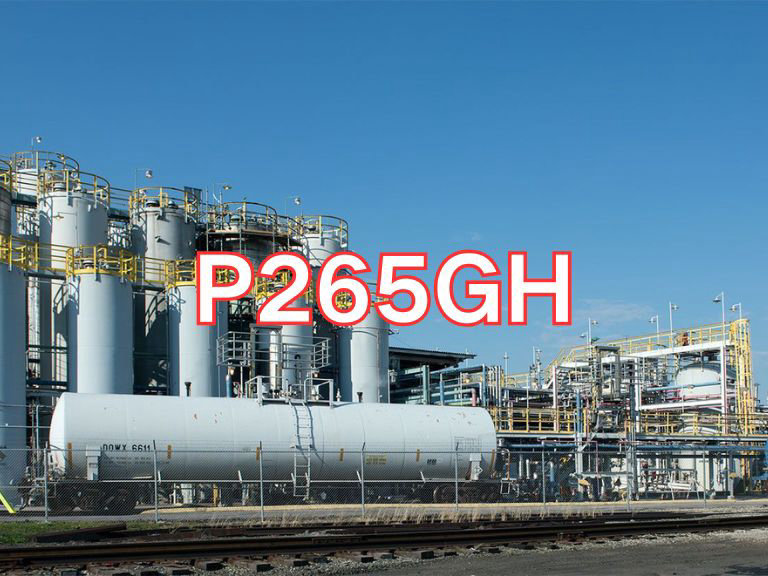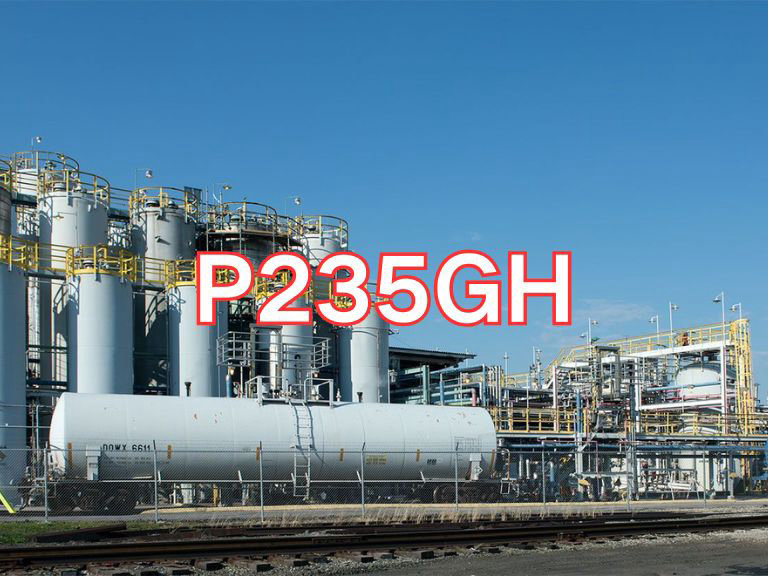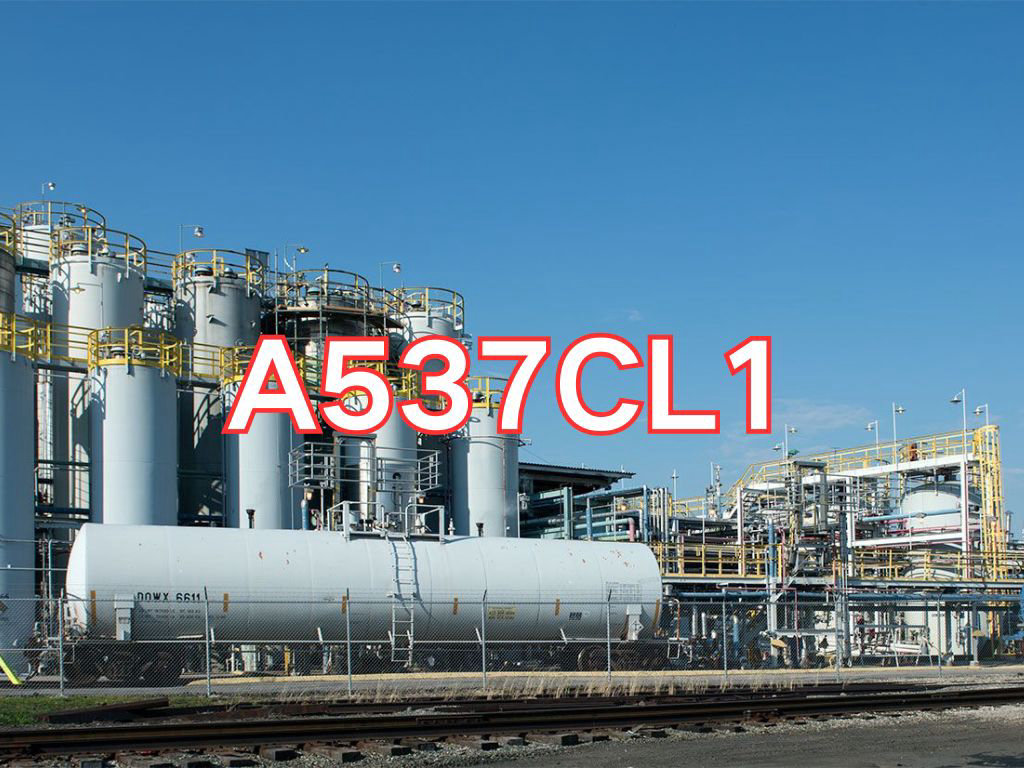

A537CL1
A537CL1 is a high-strength carbon-manganese-silicon steel plate, with its designation originating from the American Society for Testing and Materials (ASTM) standards system. The "A" indicates an ASTM ferrous material specification, "537" refers to the specific standard number—ASTM A537, titled "Standard Specification for Pressure-Vessel Plates, Heat-Treated, Carbon-Manganese-Silicon Steel"—and "CL1" stands for "Class 1," the first performance category defined under this standard based on heat treatment and mechanical properties. Thus, A537CL1 specifically denotes high-strength pressure vessel steel plates supplied in the hot-rolled or normalized condition, distinguishing it from Classes 2 and 3, which require quenching and tempering.
A537CL1 is primarily used in welded pressure vessels operating under moderate temperatures and high pressure, such as reactors, separators, heat exchangers, storage tanks in oil refining, and boiler components in power plants. Due to its excellent combination of mechanical properties and weldability, it is widely applied in the energy, chemical, and offshore industries, especially in critical pressure-bearing structures requiring high strength and toughness.
Key characteristics of A537CL1 include high strength, with a minimum yield strength of 385 MPa and tensile strength ranging from 550 to 700 MPa; good low-temperature toughness, typically verified by Charpy V-notch impact testing at 0 °C to ensure safety in cold environments; excellent weldability, allowing welding without special preheating or post-weld heat treatment under proper procedures; and strong formability for cold and hot working, facilitating rolling, bending, and stamping. The material achieves a balanced combination of strength and toughness through solid-solution strengthening by manganese and silicon, along with grain refinement via normalizing or thermomechanical rolling.
The current applicable standard is ASTM A537/A537M-23, "Standard Specification for Pressure-Vessel Plates, Heat-Treated, Carbon-Manganese-Silicon Steel", published in 2023 and representing the latest valid version. It specifies requirements for chemical composition, mechanical properties, heat treatment (normalized or thermomechanically rolled for CL1), thickness range (typically 6 mm to 100 mm), ultrasonic testing, and test methods. Due to its reliability and versatility, ASTM A537CL1 has become a widely used high-strength steel in international pressure vessel fabrication, especially in North America and projects governed by ASME codes.

Ultrasonic Testing (UT)
A key non-destructive testing technique that uses high-frequency sound waves to detect internal flaws in steel plates. The probe emits sound waves, which reflect when encountering defects such as cracks or inclusions. The receiver captures the echoes, enabling precise determination of defect location and size. With high sensitivity, strong penetration, and fast inspection speed, UT effectively ensures internal quality, widely used in the production of heavy plates, pressure vessel plates, and other high-end products to guarantee safety and reliability.

Magnetic Particle Testing (MT)
A common surface inspection method that magnetizes the workpiece, causing leakage magnetic fields at surface or near-surface defects like cracks or inclusions, which attract magnetic particles to form visible indications. Simple to operate and highly sensitive, MT is suitable for rapid inspection of surface and near-surface flaws in ferromagnetic materials, widely used for online or offline inspection of plate edges, ends, and welds, ensuring product quality and safety.

Penetrant Testing (PT)
A non-destructive method for detecting surface-breaking flaws. A penetrant liquid is applied to the cleaned steel surface, allowing it to seep into defects such as cracks or pores. After removing excess penetrant, a developer is applied, causing the trapped penetrant to bleed out and form visible indications. Simple and cost-effective, PT is suitable for inspecting surface defects in various non-porous materials, commonly used for welds, castings, and complex components, effectively ensuring surface quality of steel plates.

